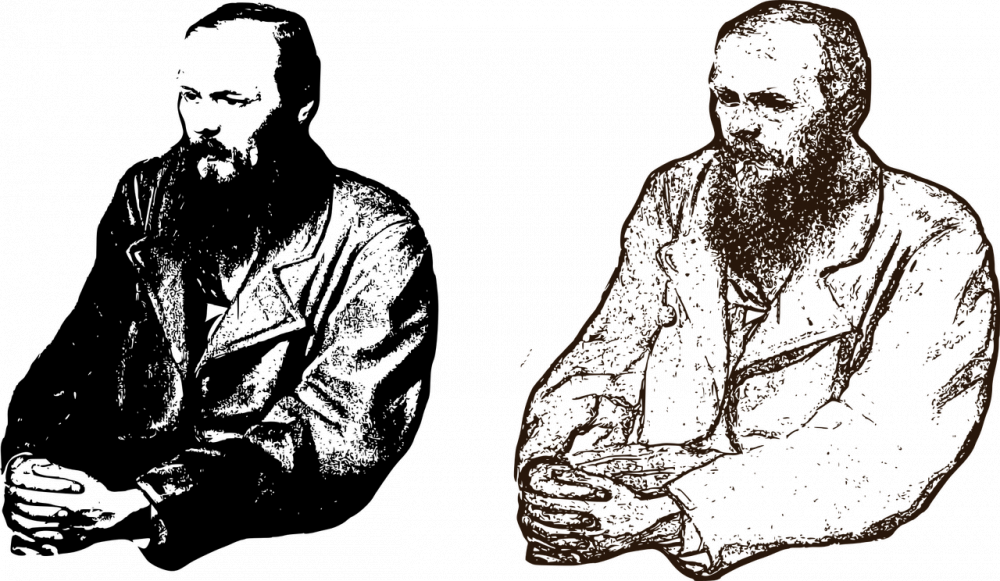Persuasion by Jane Austen: A Captivating Masterpiece for Art Enthusiasts and Collectors

Introduction:
Jane Austen’s “Persuasion” is an enduring classic that has captivated readers for centuries with its timeless themes and compelling characters. For those who are interested in this literary gem, it is essential to understand the significance of the novel and its impact on the world of literature. In this article, we will explore the wonders of “Persuasion” and delve into its historical journey, detailing its evolution over time.
I. The Unforgettable Tale of “Persuasion” – An Overview:

“Persuasion” by Jane Austen is a remarkable work of art that was first published posthumously in 1817. The novel tells the story of Anne Elliot, a woman in her late twenties who finds herself confronted with a second chance at love after being persuaded years earlier to reject the man she truly loved, Captain Frederick Wentworth. As the plot unfolds, readers are drawn into the complexities of Austen’s social satire and astute observations on love, marriage, and the role of persuasion in society.
Key Points:
– “Persuasion” explores themes of societal pressures, personal growth, and the complexities of human relationships.
– Austen’s witty writing style and keen observations of human behavior make the novel a riveting read.
– The novel’s protagonist, Anne Elliot, serves as a relatable and enduring character, making the story resonate with readers across generations.
II. The Historical Evolution of “Persuasion”:
Although “Persuasion” was published after Austen’s death, its journey to literary fame is a fascinating one. Initially titled “The Elliots,” Austen began writing the novel in 1815 but set it aside for several years. It was only in 1816 that she revisited and completed the manuscript, eventually seeing it through publication in 1817.
Over time, “Persuasion” has been recognized as a testament to Austen’s literary genius. It stands as the author’s final completed work, showcasing her mature writing style and introspective exploration of characters and society. The novel’s posthumous release allowed readers to witness the culmination of Austen’s literary career, ensuring her enduring legacy.
Key Points:
– “Persuasion” reflects Austen’s growth as a writer, exhibiting a more reflective and realistic tone compared to her earlier works.
– The delay in publication allowed the novel to benefit from the hindsight and refinement that Austen’s later writings possessed.
– The posthumous release of “Persuasion” cemented Austen’s place as one of the most influential and celebrated authors in English literature.
III. The Impact and Relevance of “Persuasion” in the Art World:
While “Persuasion” is primarily a work of literature, its themes and insights have resonated with various art forms beyond the confines of the written word. The novel’s exploration of societal expectations, personal agency, and the complexities of human emotions has inspired artists and creators across different mediums.
In the realm of visual arts, “Persuasion” has been a source of inspiration for painters and illustrators seeking to capture the essence of Austen’s characters and settings. The timeless love story at the heart of the novel has also been adapted into film and television productions, bringing Austen’s world to life on the screen. These adaptations have exposed a wider audience to the enchanting tale and allowed for a deeper appreciation of Austen’s narrative genius.
Key Points:
– “Persuasion” has served as a muse for artists, leading to stunning visual representations of Austen’s characters and settings.
– Film and television adaptations of the novel have brought Austen’s world to a broader audience, stimulating a renewed interest in her literary works.
– The enduring popularity of “Persuasion” among art enthusiasts and collectors highlights its timeless appeal and the ability of literature to transcend its original form.
Conclusion:
“Persuasion” by Jane Austen continues to enchant readers and art enthusiasts alike with its poignant storylines and insightful social commentary. The novel’s historical journey, from its posthumous publication to its enduring influence on various art forms, is a testament to its enduring power. Through “Persuasion,” Austen reminds us of the complexities of human relationships and the importance of remaining true to oneself amidst societal pressures. As we appreciate the impact of “Persuasion” in the art world, we can only marvel at Austen’s literary prowess, forever grateful for the gift she has left the world of literature.





